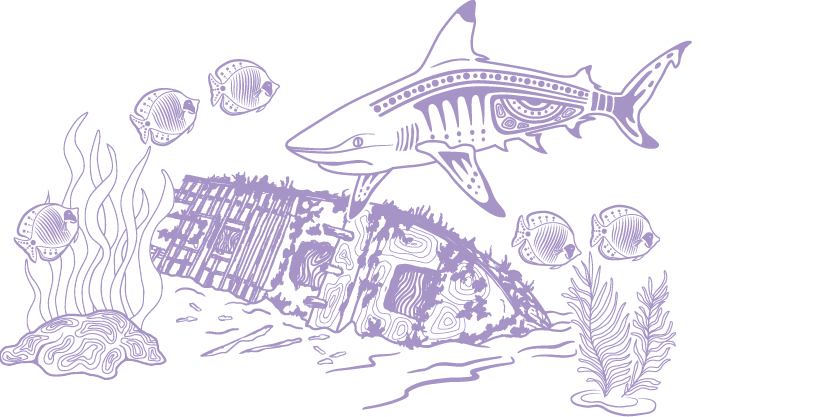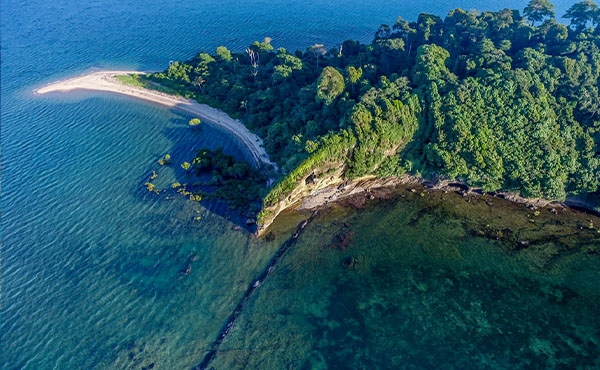The natural beauty and natural phenomena of the world heritage property is intrinsically linked to the Region’s biodiversity and ecosystem health (Chapters 2 and 3) and the community’s perception about the Region’s aesthetic values (Section 4.5.2). Evidence presented in these sections is considered in the assessment of natural beauty and natural phenomena.
The Reef continues to be a superlative natural phenomenon above and below the water which can be measured by the condition of its biodiversity and ecosystem health. For example, humpback whale numbers continue to recover 505 (Section 2.4.14). Ongoing use of the Region’s iconic beautiful places is critically important to support local and international economies, human wellbeing, and stewardship.1066 Safe access for the public and conservation of spectacular scenery has seen ongoing commitment from managers. For example, since 2019 managers have performed health checks of island national parks, developed the Whitsunday Island walking tracks, installed additional public moorings and no-anchoring areas and upgraded the camping grounds on North West Island.38,72,1067
While the Reef’s abundance and diversity of shapes, sizes and colours have not significantly changed since inscription, some land and seascapes have deteriorated. Hard coral cover, for example, has improved since 2019, but this recovery is dominated by a few fast-growing groups of corals.174 Impacts to other iconic ecosystems (such as the southern regions of seagrass meadows, Section 2.3.4) and species (such as marine turtles, Section 2.4.10; and dugongs, Section 2.4.16) have been observed since 2019.
Climate impacts that cause shifts from dominance by corals to other organisms such as turf algae,1068,1069,1070 are likely to affect the colours and patterns on fishes.1066,1068,1071 Fish assemblages on future reefs are likely to be less vibrant, even if coral cover remains high but dominated by highly robust corals, such as Porites.1068,1072 This change in the array of colours on reefs could represent a loss of intrinsic and aesthetic value to humans and may also affect ecological processes, such as camouflage from predators.1068
The Reef’s natural beauty depends on the way in which people perceive the aesthetic values of the Reef (Section 4.5.2). This perception can be affected by major events, such as mass coral bleaching, and the ways in which these events are communicated to the public.1073,1074 While the majority of respondents in one survey considered the aesthetic beauty of the Reef as outstanding in 2021,1075 there is some evidence of declines in the perception of the condition of the Reef’s natural beauty since mass coral bleaching events in 2016 and 2017.1076,1077 In one survey, there was a significant decline in tourists’ perceptions of the Reef’s aesthetic beauty and their overall satisfaction with their experience among those who visited after the 2016 and 2017 events.1077 Perceptions of threats to the natural beauty of the Reef are also affected by these major events (Section 9.3.1)



